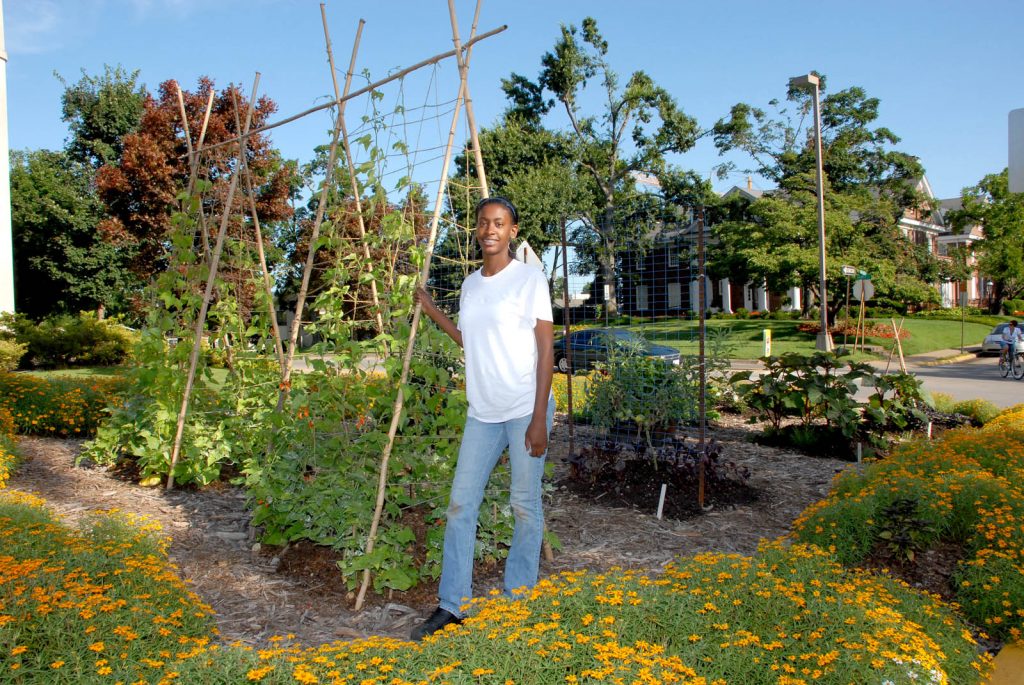
Shana Ricks, a University of Arkansas student, created an organic horticulture garden to show students they could grow vegetables in a small space.
It’s no secret that the industrialized, chemical-laden, and oftentimes genetically altered food production system in the United States is having a seriously harmful effect on beneficial insect species.
Recently it was revealed that beekeepers in the United States lost as much as 44% of all bees from April 2015 to the same month in 2016, and even Bill Nye recently admitted that we (read: Monsanto and other large agribusiness companies) have “accidentally decimated the monarch butterfly population.”
But thanks in large part to social and alternative media, problems such as these are being taken on by concerned citizens who are offering up creative solutions.
In the case of providing support for beneficial insects, many people have taken to creating “insect gardens” as part of their home landscapes, which not only offer support for key species, but also reduce and/or eliminate the need for toxic weedkillers and pesticides like Monsanto’s Roundup.
Utilizing Insects and Plants (Instead of Pesticides)
In a recent article from Country Living Magazine, horticulture expert Clay Wesson shared a few of his secrets for saving money on pesticides, and assisting the local ecosystem in the process.
“If gardens have enough beneficial insects, your number-one role is to not kill those guys, but to…take a step back, take your hand off the pesticide spray nozzle, and have those bugs come in and save you money,” says Wesson.
Wesson has worked as a specialist for Brooks Winery, a biodynamic (organic farming system that works with the cycles of nature) haven in Oregon.
According to Wesson, gardeners and farmers who wish to save money on pesticides (while also saving their health and the environment) should carefully consider the unique properties of each plant before they decide to add each one to their garden, and how it will affect the balance of the local ecosystem.
For example, russian sage as well as milkweed are favorite plants of monarch butterflies, which can help pollinate flowers in your garden. Other plants such as dill will attract lady beetles and wasps, both of which can drive out unwanted insects (for example the lady beetles eat aphids which can be troublesome when growing certain types of plants).
It’s important to know which plants are useful and well-suited to your garden’s region and climate, and it’s also a good idea to select the hardiest plants that preferably require the least amount of watering and/or overall care.
While it takes skill and experimentation to craft a thriving and productive garden ecosystem, ultimately it is one of the best solutions for preventing pesticide and insecticide use. That has the beneficial effect of putting a serious dent in the bottom lines of companies like Monsanto and Scotts that continue to destroy the balance our ecosystems with toxic, synthetic chemicals.
As Wesson puts it in the Country Living article:
“By working with nature and encouraging healthy predator-prey relationships, over time it allows the garden to come into balance, reducing the need for treatments in response to a pest outbreak,” he says.
For more information on the popularity of this type of garden system and how it works, check out the full article by clicking here. You can also learn more about non-toxic ways to stop, and attract, beneficial insects in your garden by checking out this quick guide from the website EarthEasy.com.

